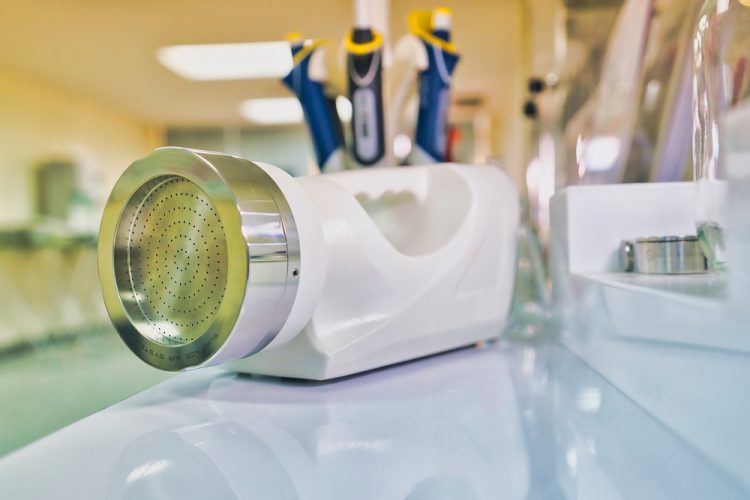Is your microbial air sampler fit for purpose?
Posted: 13 October 2021 | Hannah Balfour (European Pharmaceutical Review) | No comments yet
Here, EPR summarises Tim Eaton’s explanation of the importance of assessing biological collection efficiency when selecting an air sampler.


Ensuring airborne microbiological concentrations within cleanrooms are low (well controlled cleanrooms) or effectively zero (critical cleanrooms) is an essential part of confirming that the area is clean enough to support the release of any manufactured product. Air samplers are used to detect airborne microbes; however, according to an expert, “the performance of many air samplers is poor and considerably variable with reported collection of the micro-organisms in the environment ranging from about 22 percent to over 99 percent”.
AstraZeneca’s Tim Eaton wrote in a paper, published in the European Journal of Parenteral and Pharmaceutical Sciences, that the performance of an air sampler should be determined through reviewing two properties: the physical and biological collection efficiencies. The physical collection efficiency is the sampler’s ability to collect particles of various sizes, while the biological collection efficiency assesses how well the sampler collects viable microbes considering “losses caused by the physical collection efficiency and the detrimental effect that the sampling has on the viability of the captured microbes”.
He added that, due to limitations with the test method, the biological collection efficiency is only determined for sub-micron sized microbes that are not representative of the larger microbe-carrying particles typically found in cleanrooms. This is why the physical collection efficiency is important. However, to attempt to remove this bias, companies may report the ‘biological efficiency’ – a measure of the likelihood that any captured microbes would survive that does not take into account the physical collection efficiency of a sampler. Eaton cautions that biological efficiency is different from the biological collection efficiency and may result in the use of samplers with a poor performance.
In the paper, Eaton compares data on the physical and biological collection efficiencies of three commercial air samplers, showing that both parameters are important in determining the performance of an air sampler and how biological efficiency is an inaccurate measure. He writes that samplers A and B had higher physical collection efficacies than sampler C, 228, 159 and 5.3 percent, respectively; however, sampler C had the highest biological efficacy at 183 percent (sampler A = 125 percent and sampler B = 150 percent). When the biological collection efficiency was determined, it showed the inverse of the biological efficiency, where sampler A was most effective at 254 percent, sampler B 226 percent and sampler C just 7.3 percent.
Therefore, if biological efficiency rather than biological collection efficiency is reported, Eaton stated that such poorly performing samplers “may be used in the false belief that they would be suitable for monitoring within well controlled cleanrooms”.
He concludes that by improving the biological collection efficiency test method – particularly so it could assess the collection of larger sized particles – such issues could be avoided.
Please read the paper for full detail and recommendations on specifically how the biological collection efficiency test could be improved.
Related topics
Airborne particle counting, Analytical techniques, Cleanrooms, Environmental Monitoring, Industry Insight, Microbial Detection, Microbiology, Technology









